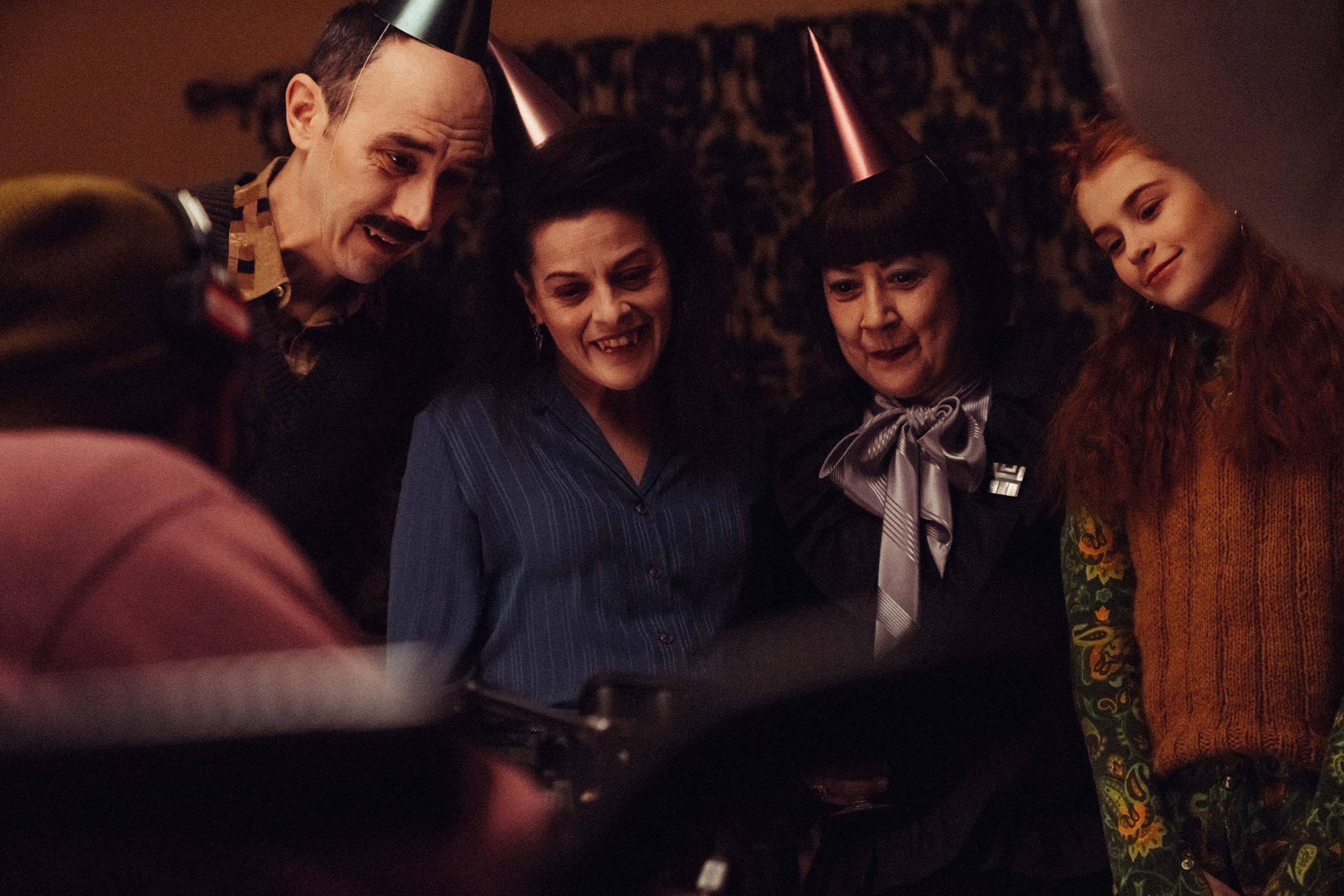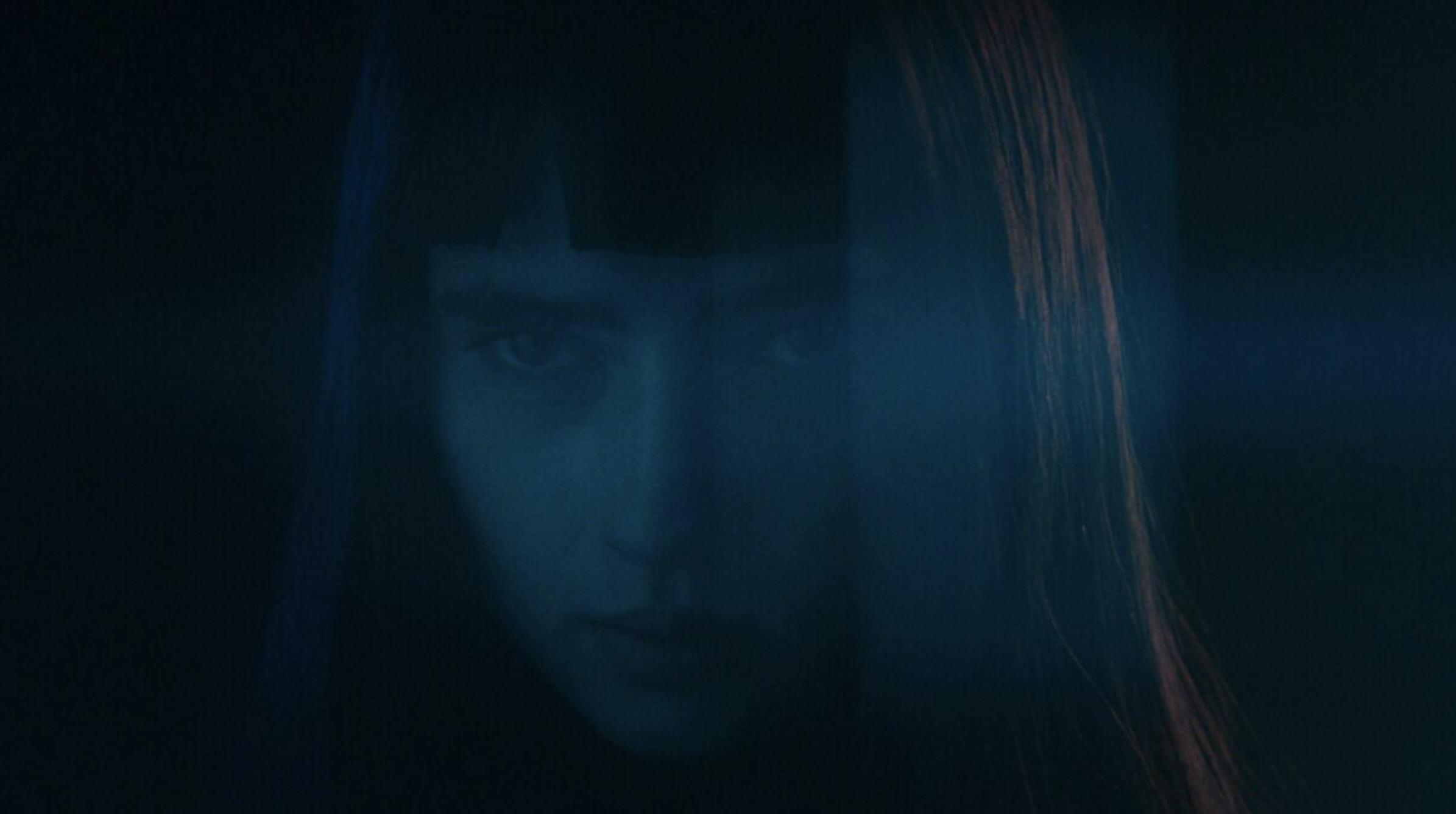review
‘Humanist Vampire Seeking Consenting Suicidal Person’ Review – Love Bites
Often when we think of vampires, we conflate biology with behavior. Obviously, there’s no reason why we shouldn’t—vampires do not exist, and therefore don’t require rigorous scientific analysis to enjoy. Still, a gulf exists between how a vampire survives and how they choose to live that has interested filmmakers for a century.
Kathryn Bigelow’s Near Dark, Ana Lily Amirpour’s A Girl Walks Home Alone at Night, and, yes, even Catherine Hardwicke’s original Twilight each engage with vampire tropes and archetypes that are not necessarily biological rules but in fact cultural practices. This gives vampires the opportunity to question how they’ve been conditioned to think and feel in violent, isolating ways, and—should they be compelled—rethink a vampire future. Good vampire fiction doesn’t just know all the rules, it considers what it must be like to have them define your life.
Like the three examples listed above, Humanist Vampire Seeking Consenting Suicidal Person is directed by a woman, French-Canadian filmmaker Ariane Louis-Seize. The films share a scrutiny of social contexts and tormented interiority, especially for supernatural characters. Louis-Seize’s debut feature bridges the sweet sincerity of the dark coming-of-age film with the winking silliness of the vampire film, mapping out exactly why all things morbid compel and repulse us with a light, amusing touch.
Rarely does a film explain its entire dramatic premise in its title: Sasha (Sara Montpetit) is a vampire in small-town Quebec experiencing growing pains. She’s hit the point of vampire teenagehood (so, half a dozen decades in age) where she should be feasting on live victims, but point-blank refuses to go out and hunt. She developed PTSD from seeing her family eat her birthday clown as a child (diagnosed by a resident vampire psychiatrist) and is now permanently averse to violence.

Her family is so troubled by Sasha only drinking from pre-prepared blood bags, that they make her stay with her older, experienced, punk-rock cousin Denise (Noémie O’Farrell) in the hopes that she’ll learn firsthand how to be a socially acceptable (read: conforming) vampire. Instead, Sasha crosses path with Paul (Félix-Antoine Bénard), a suicidal teen ostracized by classmates, teachers, and co-workers, and they hatch a plan that should benefit them both: Sasha will feed, Paul will die. But the pair fail to predict how emotionally invested predator and prey will become with one another, or how much they’ll learn about the tactile beauty of life.
Humanist Vampire differs visually from other small-town-vampire-community works. There’s none of What We Do in the Shadows’ handheld faux-documentary camerawork or Twilight’s insane, blue-green tinged Dutch angles. Louis-Seize and cinematographer Shawn Pavlin favor long, locked-down shots where composition rules supreme—the unintrusive, direct framing of Sasha and Paul lets us drink in all the conflicting unease and fascination the undead/mortal youngsters regard each other with.
It’s clearest during a crucial moment in the pair’s courtship—ironically, when Paul first tries to commit consensual suicide via Sasha. We watch as they stand in awkward silence listening to one of Sasha’s vinyls, “Emotions” by Brenda Lee, which foreshadows what’s going to later complicate their plan. The camera sits still, unflinchingly observing them side-eye each other with tight-lipped faces, before Sasha indulges herself with vibey dance moves. Inhibitions, intimacy, inexpressibility—no pans or cuts distract us from the buzz of two people sharing the same space. The apprehension of what’s scheduled to happen next is overshadowed by an electricity of what they’re feeling then and there.
This is a humanist film, and the ideology extends to those who can’t even be classified as human.
The attentively framed camerawork doesn’t mean Humanist Vampire has a drab visual palette. Seize-Louis makes her imagined Quebecois small town feel like a nostalgic collage of fashion, recreation, and interior design from past eras. Some of this has an in-universe explanation: the vampires have not partaken in human society for eons, and are at all times projecting how they think real people dress and style themselves.
But other choices—like Sasha’s Tumblr-era severe bangs, long black hair, and dark make-up, or the buzzy, neon-lit ’80s bowling alley Paul works at—are more in line with Louis-Seize’s thematic goals. Humanist Vampire aesthetically marks out hubs of community and individuals who are not included in them. Paul’s suicidal ideation reflects how he does not fit wherever he finds himself in, and can only survive by forging a kinship with other loners who pang to belong.
By focusing on such Gothic, macabre fictional conceits, Seize-Louis and co-writer Christine Doyon allow themselves to discuss such heavy topics as teen depression and suicide with a welcome light touch. Humanist Vampire’s most touching moments come when Sasha and Paul engage with each other empathetically—not just a human not understanding an anti-violence vampire, but an immortal being flummoxed at humanity’s desire to self-destruct.

As Sasha joins Paul on a crusade of tying up loose ends and seeking immature revenge on those who mistreated him, the seeds are sown for a motel-set climax that taps into all of young adult fiction’s best instincts: unfiltered emotion, an immature but sincere romanticism, and teenagers with little control over their lives putting all their trust in someone else. “What if I miss you?” Sasha asks, bent over her first and only confidante, ready to bite his neck. “I’m willing to risk it,” Paul replies.
When she does what she has to, the music soars, the lights flash, Sasha is overwhelmed not just because she’s fulfilling a biological need, but because she’s realized something tragic about her type of vampirism. The only person she could feed on was someone she loved.
Having blindsided her audience with emotion, Louis-Seize rewards us with a moving, upbeat conclusion that fulfills the story’s overall goal and unanswered dilemma: how do you recode the inflexible rules of vampires? It brings home the first word in the title—this is a humanist film, and the ideology extends to those who can’t even be classified as human. The ending doesn’t just show that every teenage couple would benefit from dressing like Blade; it gives audiences of all ages the hope that our lives are in nobody’s control but our own, and we can make a new future with others who feel just as lost.
Read our exclusive interview with director Ariane Louis-Seize here.
Curated by humans, not algorithms.
© 2025 A Good Movie to Watch. Altona Studio, LLC, all rights reserved.